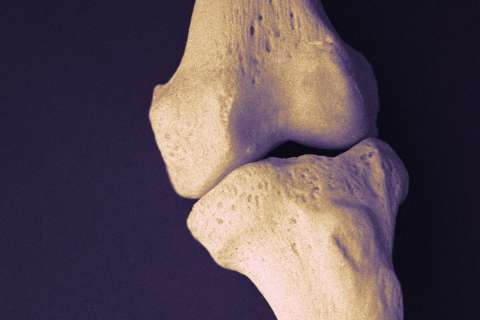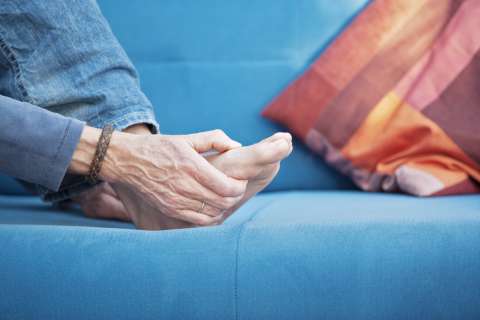Dear Doctors: My dad is 77 years old and still steady on his feet. But he tripped on a throw rug recently and sprained his wrist. He won’t let me declutter his house, and he won’t get serious about preventing another fall. Can you please explain how falls are dangerous for older adults, and ways to prevent them?
Dear Reader: You have good cause to be concerned about the risks that falling poses to your father. The fact is, falling is a danger at any age. It’s the leading cause of preventable injury in the U.S., and it is second only to motor vehicle accidents for injury-related deaths. But you’re correct that a fall can be particularly perilous for older adults.
Data show that 36 million adults over the age of 65 suffer a fall each year. More than 3 million of them wind up in the emergency room. Of those, more than 800,000 sustain injuries that are serious enough to require hospitalization. Unfortunately, these falls also account for 32,000 annual deaths. This can be due to head trauma or internal bleeding. But suffering a fracture in a fall can also take a steep toll. The injury often causes prolonged immobility, which itself is a risk factor for respiratory and other infections.
For some older adults, falls occur due to problems with balance and stability that often accompany aging. Declining strength and flexibility, as well as poor vision, also play a role. However, as happened with your dad, falls are also caused by everyday objects, obstacles and conditions in the home and environment.
Potential tripping hazards include loose carpets and area rugs, slick wood floors, low-lying electrical cords, unsteady tables or chairs, toilet seats that are too low, and slippery tubs and showers. Dim lighting, ill-fitting or slippery footwear, and not wearing one’s glasses also increase the level of risk. Outdoors, a steep driveway, cracked or uneven walkways, and wet or icy conditions can lead to a fall. Pets underfoot, pulling on a leash or jumping up can also cause a loss of balance.

It’s not unusual for older adults to resist assistance, which they can see as a loss of independence. You might have better luck persuading your dad to accept your help if you discuss fall-proofing his home as a way to protect and prolong his autonomy. If he agrees, start with the flooring issues that have already affected him. Then, room by room, identify any potential dangers. Make sure floors throughout the house are free of clutter and other trip hazards, including electrical cords from lamps and appliances. Stairs should have secure handrails on both sides. All areas of the house, indoors and out, need to be brightly lighted.
Install grab bars and slip-proof surfaces throughout the bathrooms. A sturdy shower chair, as well as a handheld showerhead, will reduce the risk of a fall while bathing. Be sure to address potential issues in the outdoor areas, as well. And if possible, persuade him to use a medical-alert device with which he can summon help in an emergency.
Division of Geriatrics specializes in the management of both routine and complex conditions that affect the senior population. We participate in the latest research and continually implement the newest, most advanced practices in geriatric medicine. Learn more and schedule an appointment.
(Send your questions to [email protected]. Owing to the volume of mail, personal replies cannot be provided.)





